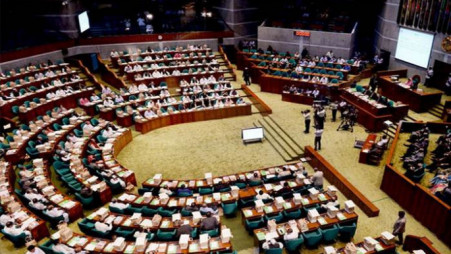How upper house will be formed in next parliament
A 100-member upper house will be formed based on the proportional representation system

The next parliament will be bicameral, consisting of a lower and an upper house, according to the July National Charter (Reform of Constitution) Implementation Order 2025.
The order, signed by President Mohammed Shahabuddin, was issued though a gazette today (13 November).
According to the order, a 100-member upper house will be formed based on the proportional representation (PR) of votes secured by political parties in the election to the lower house.
The order further details that the upper house must be formed within 30 working days after the completion of the constitutional reform process. Its tenure will run from the day members take oath until the end of the lower house's term.
Parties find unity only on upper house plan, divided on key issues
It mandates that any constitutional amendment will require the approval of a majority of upper house members.
Political parties will not be required to publish candidate lists for the upper house during the next national election.
Why CPD calls for scrapping Upper House plan?
Additionally, the Constitutional Reform Council and the government have been authorised to take any necessary measures or issue directives to overcome any obstacles in forming the upper house.



 Keep updated, follow The Business Standard's Google news channel
Keep updated, follow The Business Standard's Google news channel


















